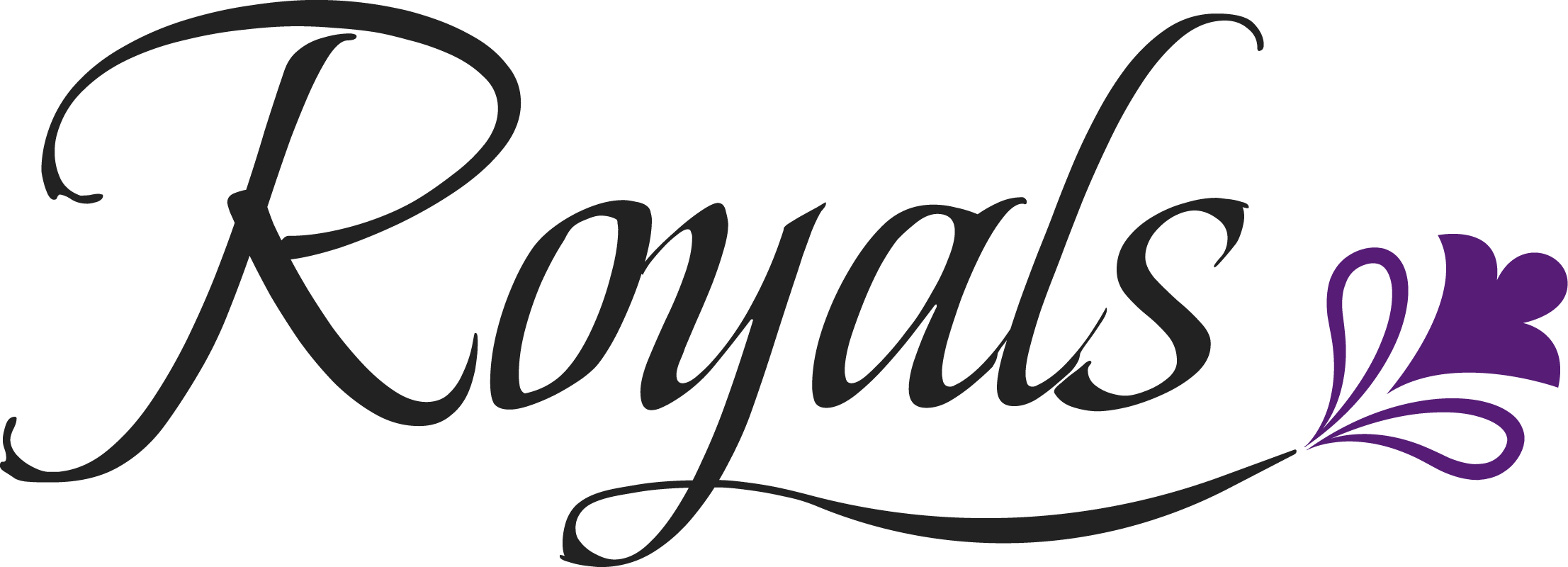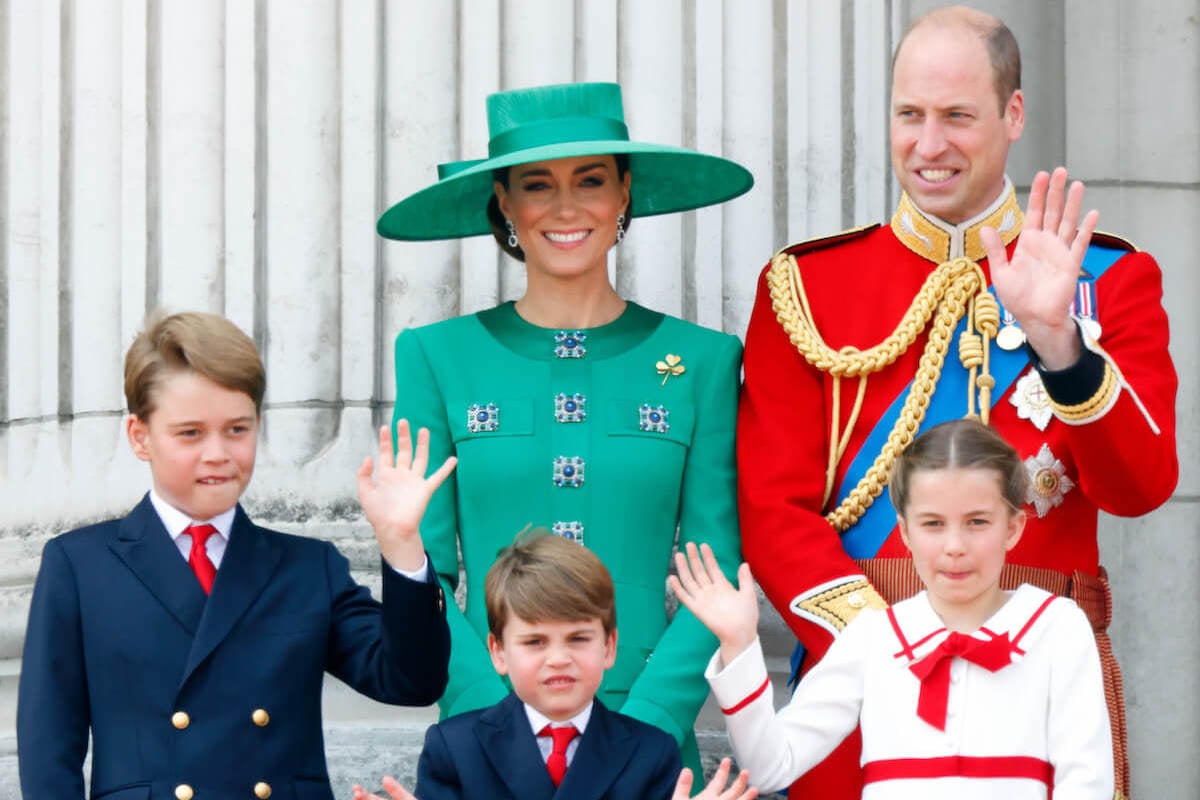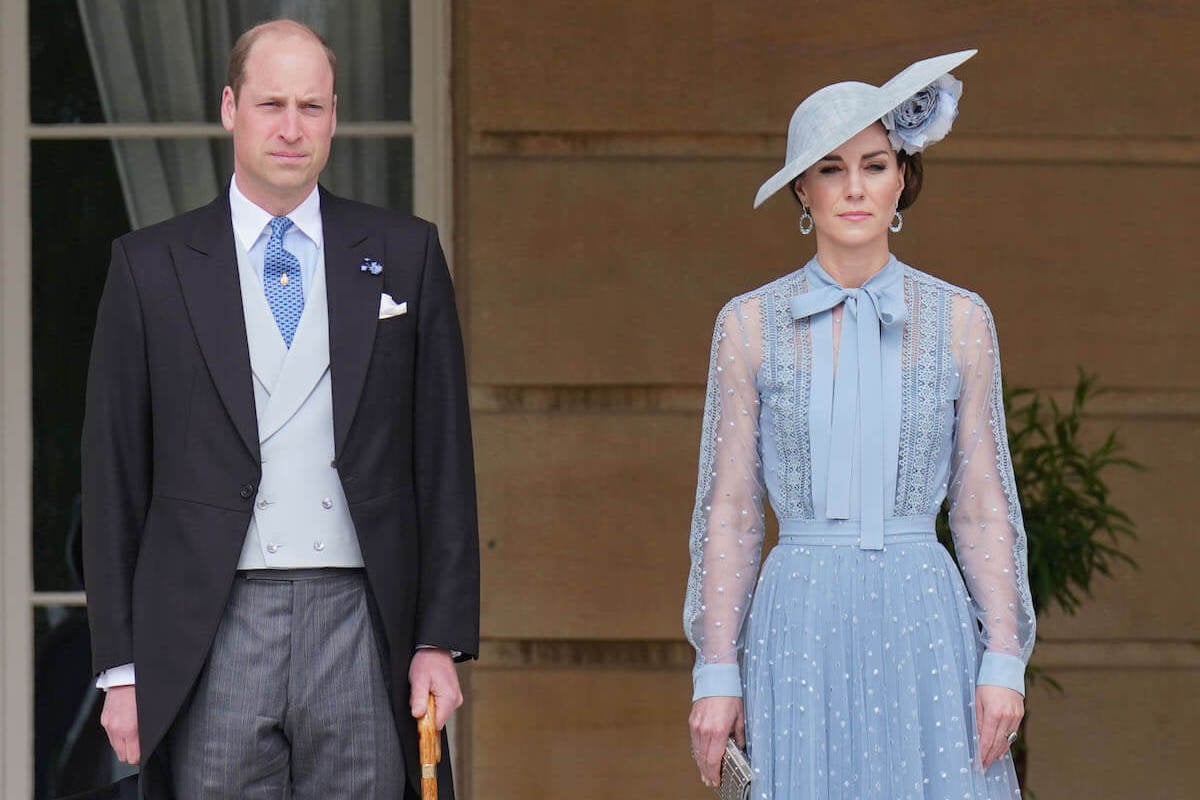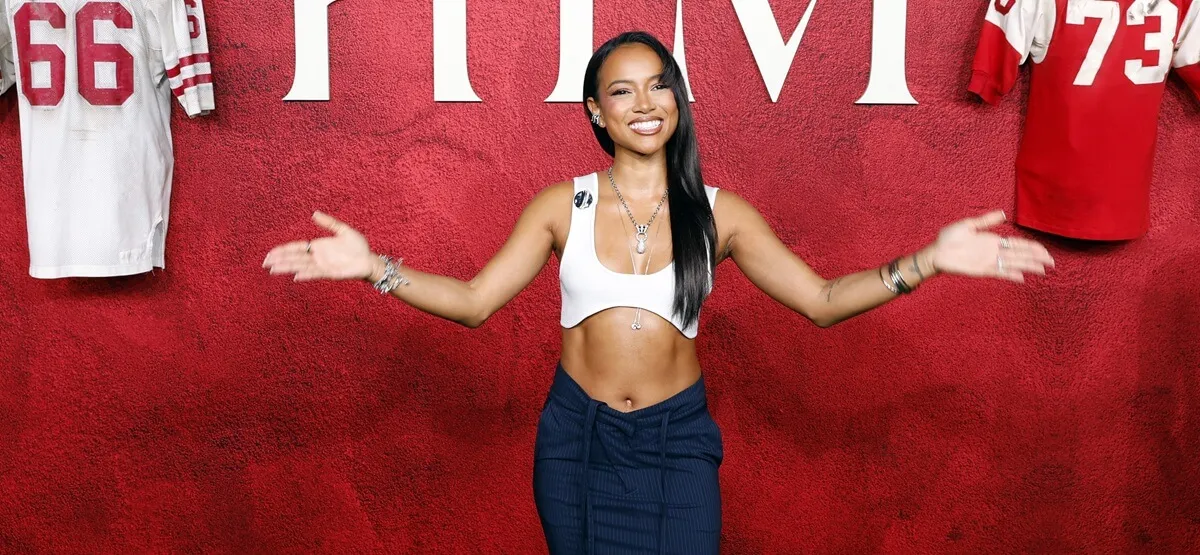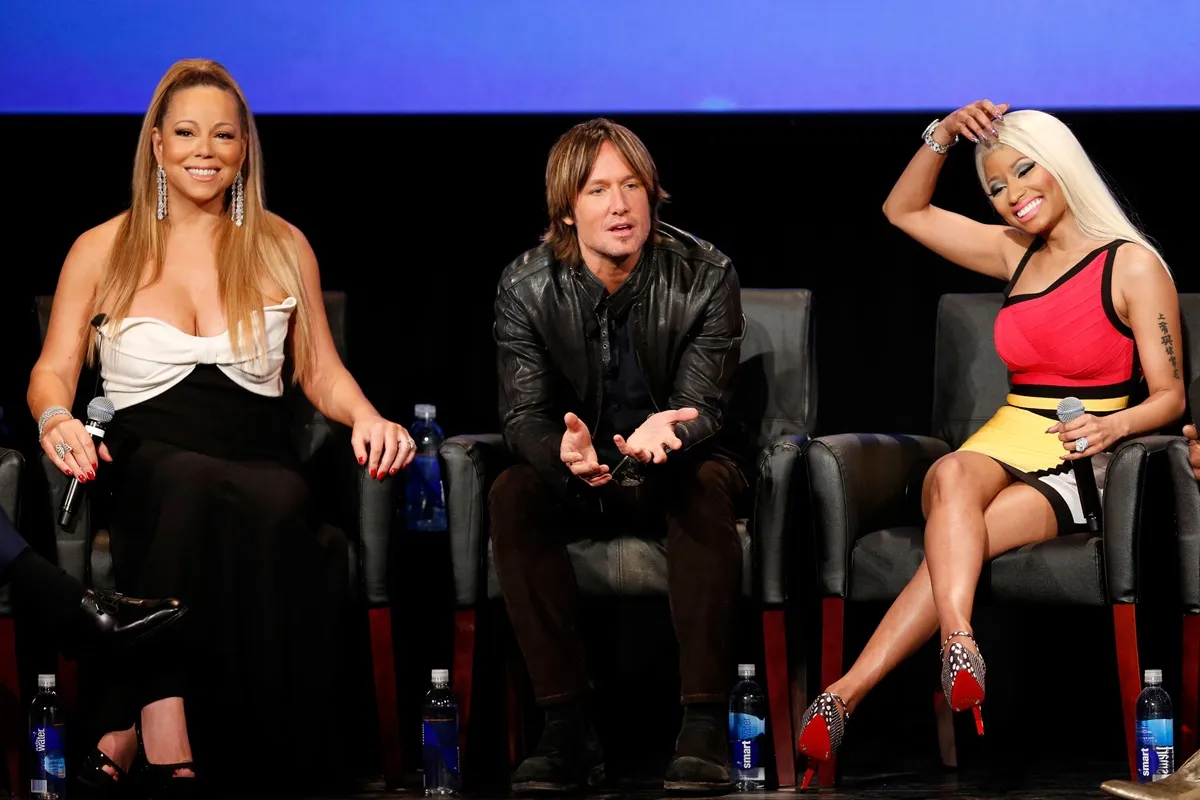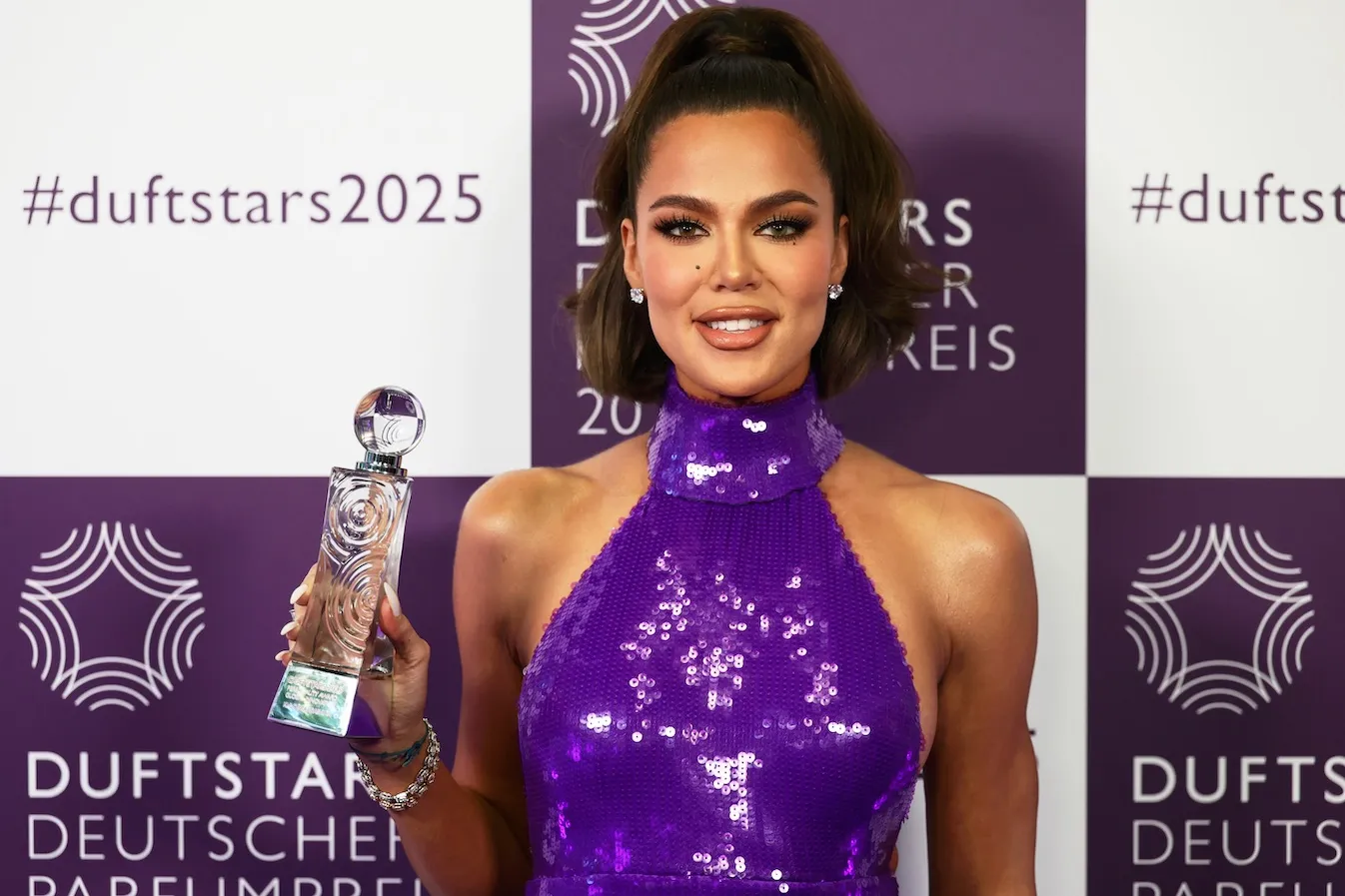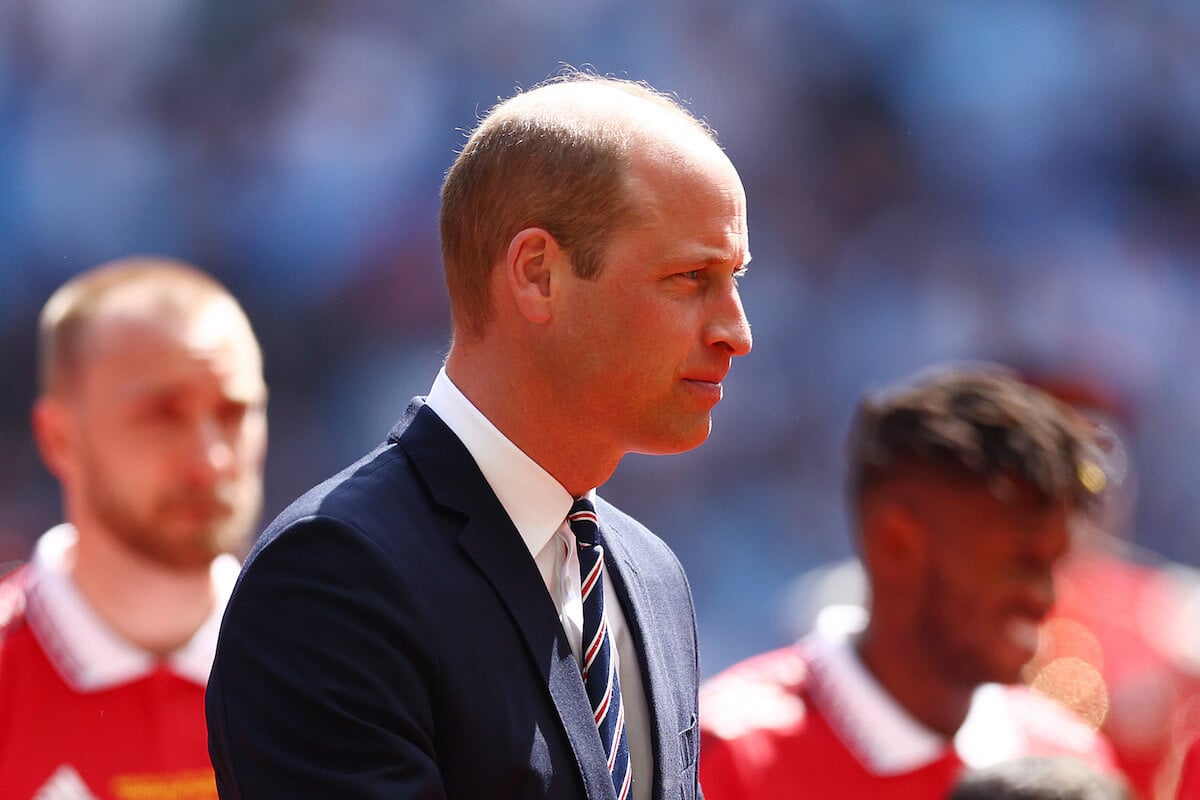
The ‘Old’ Prince William Is Gone, According to Body Language Expert: ‘He’s a Completely Different Person’
Prince William‘s body language has changed a lot, according to an expert. The Prince of Wales, who turned 41 on June 21, has been described as a “completely different person” as far as his demeanor’s concerned.
William’s body language doesn’t hint at a ‘lack of confidence’

“We don’t see any of the old gestures from him that he previously displayed, which denoted a lack of confidence or feeling like a fish out of water,” body language expert Darren Stanton told the U.K.’s Express on behalf of Betfair Casino. “He’s a completely different person from when he first started public appearances as a youngster.”
William began carrying out official royal engagements as a boy and now has decades of experience.
“Right now, I think Prince William is at the pinnacle of his strength, in terms of his non-verbal communication,” Stanton said, noting “he’s become ever-so more statesman-like in recent years.”
William’s walked red carpets alongside his wife, Kate Middleton, and delivered countless speeches and public remarks. A touching coronation concert tribute to King Charles marked his most recent.
William’s now teaching the next generation of royals about official engagements. He and the Princess of Wales’s youngest child, Prince Louis, carried out his first-ever official royal engagement coronation weekend. The 5-year-old joined William, Kate, and his older siblings, Prince George, 9, and Princess Charlotte, 8, for some volunteering on May 8 as part of The Big Help Out.
William used to do ‘pacifying gestures’ he ‘inherited’ from King Charles III
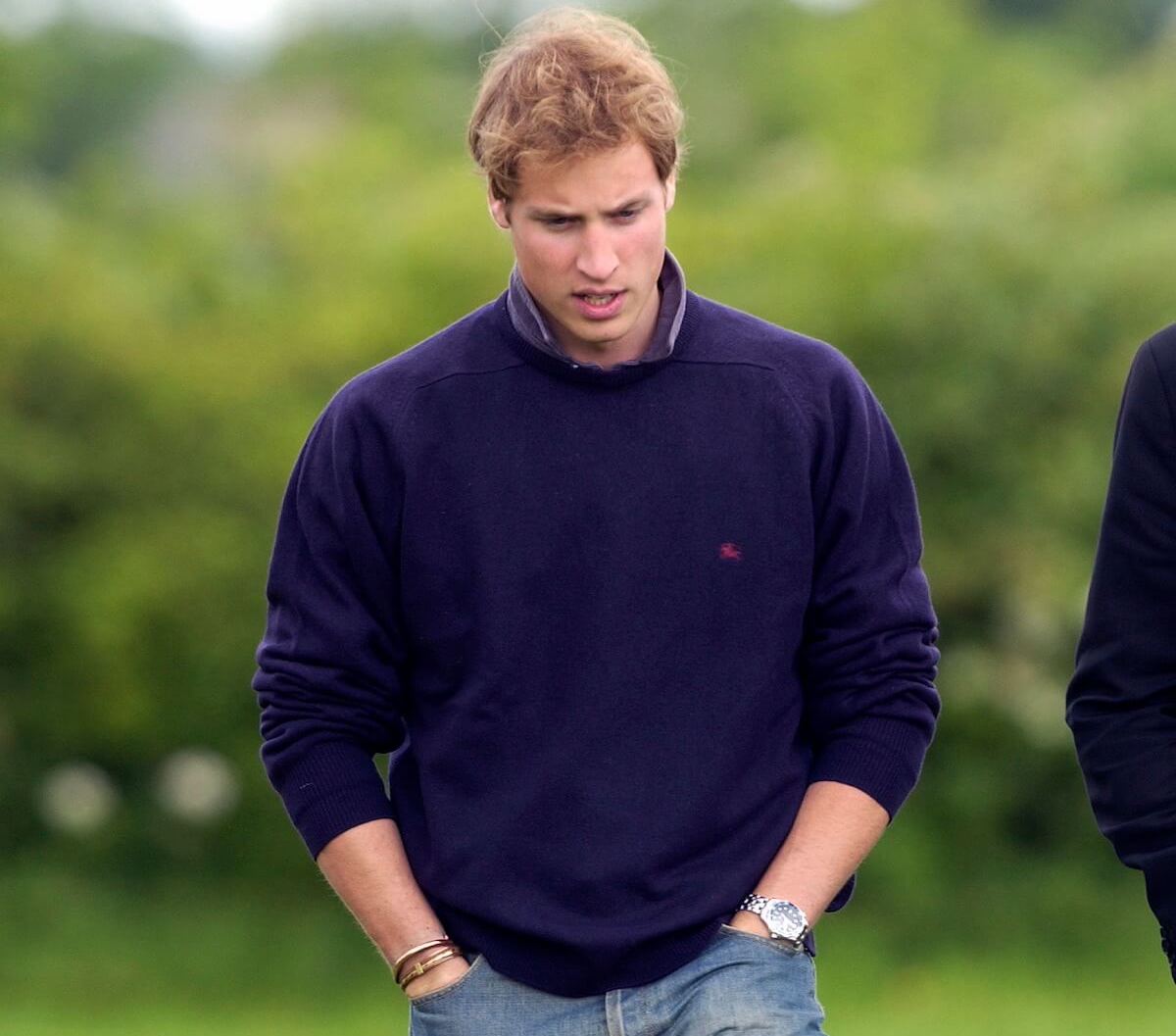
The Prince of Wales hasn’t always been a “statesman” when it comes to his body language. According to Stanton, William used to do a lot of “pacifying gestures” as a way to self-soothe.
“We got these a lot with King Charles where he would put his hand inside his jacket,” the expert said. “If you look at historic footage from Prince William and, indeed, Prince Harry, you will see that William inherited this gesture from his father. William often made this gesture whilst doing any public engagements or standing on the balcony with the queen.”
“William would also play with his cufflinks during his early year,” the body language expert added. “Again, this is a self-reassuring gesture, designed to soothe ourselves when we’re in situations that we’re finding stressful or when we feel that we’re not in total control.”
“Over the years he’s been placed in lots of social situations where anybody would probably feel a little bit anxious,” Stanton said of William before adding that the “gesture” doesn’t show up much these days.
William also used to have a ‘fake smile’ as a ‘mask’ in public
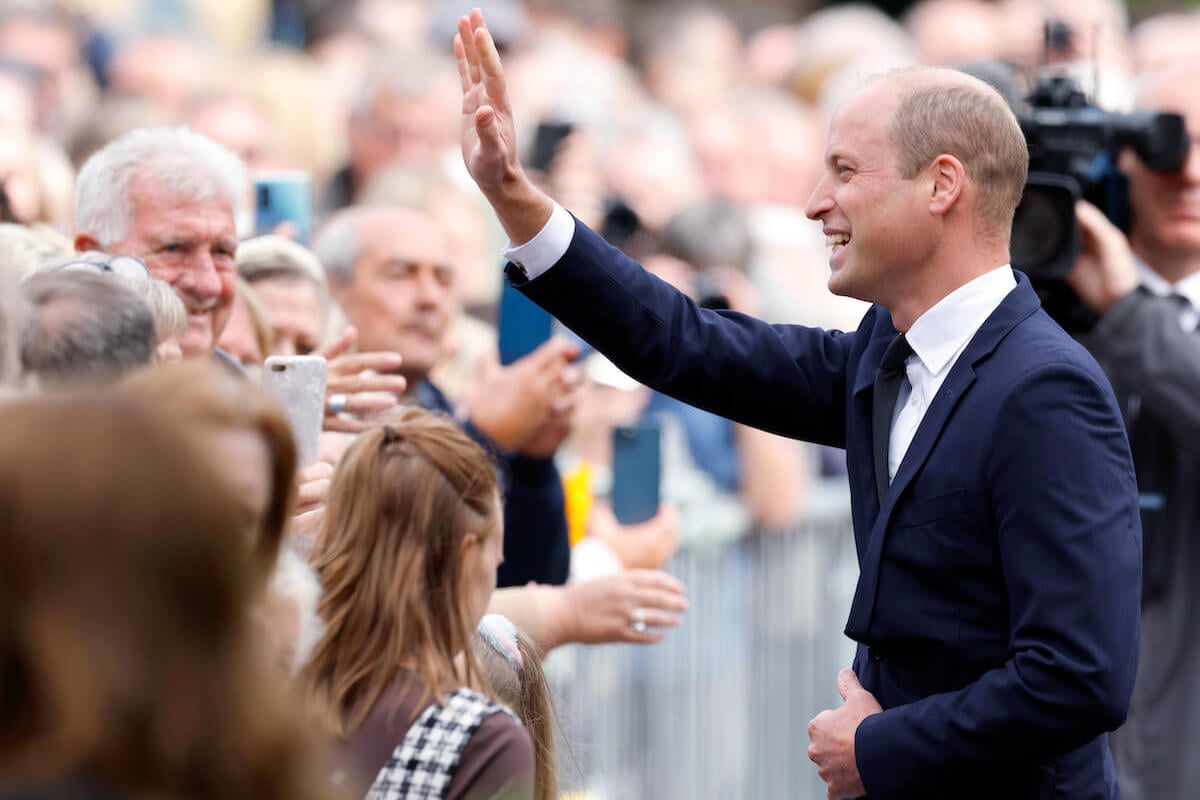
Gone is William’s “mask” at royal engagements, Stanton said, calling it another trait he gets from King Charles. “We used to see a lot of this with King Charles and also William.” Now when he steps out for public appearances, the father of three’s not sporting a “fake smile.”
“With Prince William, or with people generally, the most faked emotion is a smile,” Stanton explained. “Because we smile not just when we’re genuinely happy but we also smile when we’re anxious, when we’re not feeling great. It becomes a mask.”
As for how to distinguish a “fake smile” from a genuine one, the expert said it’s in the “‘crows feet’ at the side of the eyes.”
Showbiz Cheat Sheet acknowledges conditions and cultures can impact body language and is sensitive to all backgrounds.
